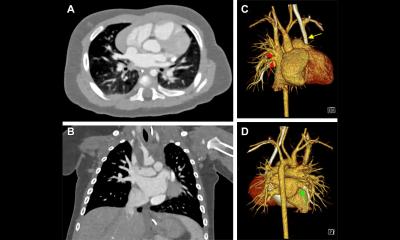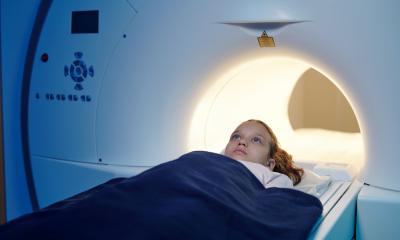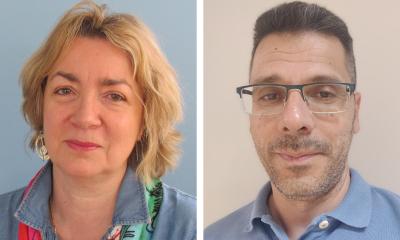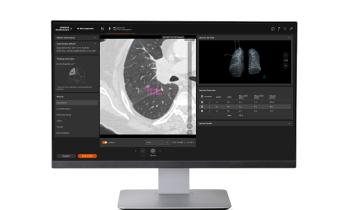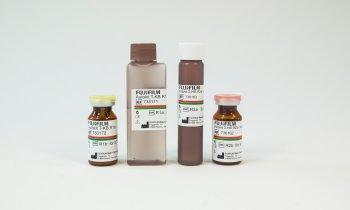World Health Assembly
DITTA calls for action on NCDs and paediatric imaging safety
DITTA, the Global Diagnostic Imaging, Healthcare IT and Radiation Therapy Trade Association is, for the first time, attending the World Health Organization’s (WHO) Sixty‐Eighth World Health Assembly (WHA) from 18-26 May 2015 since DITTA granted the status of NGO in official relationship with WHO.
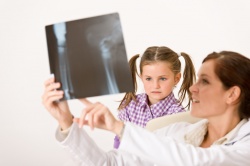
Following on from the 2014 United Nations General Assembly, DITTA will be acknowledging the progress achieved by WHO in preventing and controlling non-communicable diseases (NCDs) at the WHA. DITTA is focused on working with WHO to achieve EU Member States’ health objectives on many health issues, including Millennium Development Goals and Sustainable Development Goals and NCDs.
NCDs caused 36 million deaths in 2008, accounting for more than three out of five deaths worldwide, and contributing towards half of global disability. NCDs also have a staggering economic impact – 50% of NCD-related deaths are during productive years, representing a significant cost to communities worldwide. With this in mind, DITTA has issued recommendations and a full statement on how to prevent and control NCDs, which can be found on its website.
At the WHA, DITTA is also supporting an event that will take place on 26 May on the following subject matter ‘Imaging for Saving Kids - the Inside Story about Patient Safety in Paediatric Radiology’, organized by the delegations of Kenya, Malaysia, Spain, Uganda including several highly recognized and respected international Medical and Scientific societies. This session will provide opportunities to openly discuss with policymakers, health care providers and patients organizations on how to appropriately use radiological procedures in paediatrics. While advanced imaging technology has opened up new horizons for children’s medical diagnosis, inappropriate use of radiation technology can lead to unnecessary radiation exposure with associated risks - and patient safety in paediatric imaging is of paramount importance.
Nicole Denjoy, DITTA Vice‐Chair, said “I am delighted to lead DITTA’s delegation to the WHA. DITTA represents medical technology associations based in various geographies and brings its companies members together, sharing their knowledge and competences on highly innovative technologies contributing to saving lives and moving towards more sustainable healthcare systems around the globe. DITTA and its members fully support WHO’s plan to prevent and control NCDs, which pose the greatest health, economic and social risks globally. We believe early diagnosis will prevent the NCDs’ progression and improve patient prognosis. Additionally, DITTA believes radiotherapy is a clinically relevant and cost effective treatment modality playing a key role in an integrated cancer therapy program.”
Source: Global Diagnostic Imaging, Healthcare IT and Radiation Therapy Trade Association
20.05.2015



